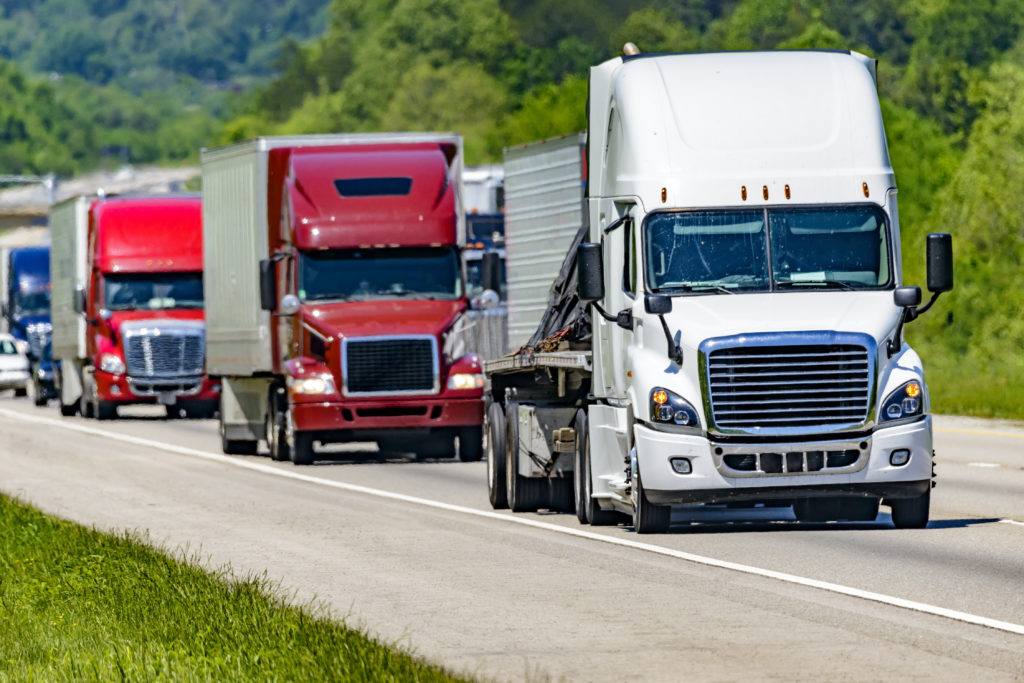The list of annual inspections for motor carriers and roadside inspectors will now include rear underride impact guards, as added by the Federal Motor Carrier Safety Administration in a final rule to amend specific safety regulations.
This rule was scheduled to be posted this week in the Federal Register and serves as a method of addressing comments from Congress, Government Accountability Office recommendations, and Commercial Vehicle Safety Alliance rulemaking petitions. It also adds that RCC trailers do not need a rear impact guard, and specifies the definition of horizontal discharge trailers controlled by road construction.
“The impacts of this final rule are de minimis, and therefore, the final rule does not have a significant economic impact on a substantial number of small entities,” said FMCSA.
In fact, the final rule explains that it should not significantly impact a majority of motor carriers which have needed to have rear guards installed on their trucks since 1952; however, the mandate does follow up on December 2020’s proposed rule regarding the same issue.
“The best underride guard is the one that’s never put to the test,” said American Trucking Associations in a Tweet. “Education and safe, responsible driving are the best way to prevent crashes.”
According to FMCSA, passenger compartment intrusion occurrences during an incident involving a passenger vehicle colliding with the back of a commercial motor vehicle are highly reduced by rear-end protection and rear impact guards installed on heavy commercial trucks.
Still, trailers have often been in violation of such regulations for the past 23 years–specifically when their rear impact guards were either not sufficiently attached to the trailer or were missing completely. These violations could include guards that were missing fasteners, had cracked parent metal, or were otherwise damaged or broken in a way that prevented proper attachment.
Efforts to require side guards have been opposed by industry trade groups, although the new inspection requirement has been largely supported. However, CVSA lamented that most commercial motor vehicles are not inspected each year, even though rear-end/rear impact guard protection is indeed part of the North American Standard Inspection Program’s roadside inspection process.
“According to data available through FMCSA’s Analysis and Information Online webpage, in fiscal-year 2017, inspectors documented more than 2,300 violations related to rear impact guards and rear-end protection–more than half of which are for components that are missing, damaged, or improperly constructed,” said FMCSA.
This rule will bring necessary focus to this kind of truck safety, the agency added.
“Including rear impact guards and rear-end protection in the periodic inspection requirements will call additional attention to this critical safety component and help ensure that each vehicle is checked at least once a year, improving compliance and helping to prevent fatalities and injuries when rear-end collisions occur,” FMCSA continued.
The rule will also help continent-wide inspection efforts, as the United States, Mexico, and Canada will now all have the same rear-end protection requirements.
“Including rear impact guards and rear-end protection in the periodic annual inspection standards will harmonize U.S. regulations with those in Canada and Mexico, which include rear impact guards and rear-end protection as part of their annual inspection programs,” said the agency.
Congressional investigation office, GAO, has received requests from senators to further review truck underride crash data and information following GAO’s performance audit between January of 2018 and March 2019. This audit included stakeholder interviews and literature analysis regarding underride guards and crashes; these interviews included members of safety groups, state officials, and Department of Transportation members.
“Although reported underride crash fatalities represent a small percentage of total traffic fatalities, they present a greater risk of fatalities or serious injuries,” said GAO in its 2019 report.
When the rule proposal was first announced, Collin Mooney, Executive Director of CVSA, noted that rear underride guard checks would become part of the regular truck inspection process, as CVSA inspectors had not been citing truckers for violations when a loose or damaged rear guard was found.
Now, “we obviously will inspect [underride guards] as well,” Mooney said. “We’ll be taking a closer look at underride guards.”





